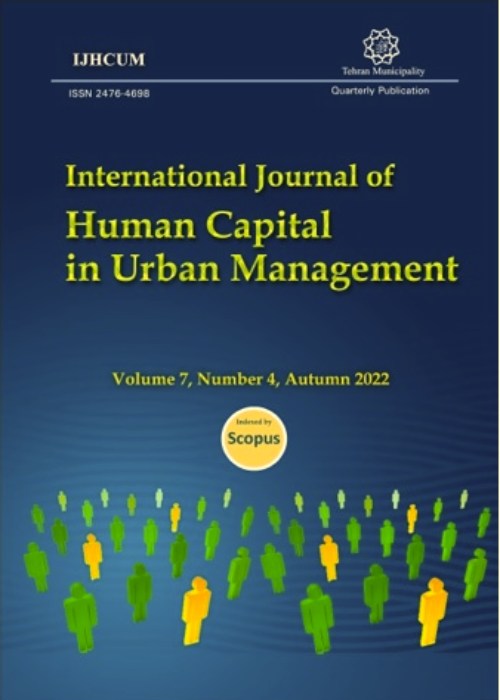Labile metal evaluation, speciation and accumulation in harvested plant from urban major dumpsites
Disinterred manures from dumpsites in the cities are believed to be readily available source for soil nutrient for backyard farming. Health hazards posed on human due to labile metals contaminants are not considered or evaluated before consumption. Three major municipal dumpsites from Okitipupa (Waste Management (OKA), Igodan (OKB), and Okitipupa Oil Mill Road (OKC)) were analyzed for the concentrations, forms of labile metals in the soil and also concentration in green vegetables from the sites. The objectives of the research were to investigate the labile metal concentration, forms of the labile metals in the soil and their accumulation in plants from these major urban dumpsites.
Dried and digestedSoil and vegetable samples from the sites were analyzed for total concentration of labile metals and their forms through speciation in the soil were equally quantified. Concentrations from sample solutions were determined by Atomic Absorption Spectrophotometer.
Labile metals concentrations from the soilof Waste Management Dumpsite (OKA), IgodanDumpsite (OKB) and Okitipupa Oil Mill Road Dumpsite (OKC) indicated that Cadmium (Cd) values range from87.453mg/kg -106.500mg/kg). Copper (Cu) in the three samples ranged between 3.100-5.510mg/kg, which are significantly low and beyond the toxicity level as well as cobalt (Co). Chromium (Cr) was higher in OKA (22.980mg/kg) and OKC (10.560mg/kg) and least in OKB (2.900mg/kg).Iron was the most abundant ranging from 3690.000-6780.000mg/kg, followed by zinc ranging from385.000-2880.000mg/kg. Speciation of the labile metal indicate that the metal exist mostly in the inert fraction and easily absorbed by plant.
The concentrations of the most labile metals in soil samples were high and majorly exist in inert fraction after speciation. Also, the concentrations in the plants were almost half of the concentration in the soil which indicated that they are not desirable for human consumption due to their toxicity level.The author(s). This is an open access article distributed under the terms of the Creative Commons Attribution (CC BY 4.0), which permits unrestricted use, distribution, and reproduction in any medium, as long as the original authors and source are cited. No permission is required from the authors or the publishers.
- حق عضویت دریافتی صرف حمایت از نشریات عضو و نگهداری، تکمیل و توسعه مگیران میشود.
- پرداخت حق اشتراک و دانلود مقالات اجازه بازنشر آن در سایر رسانههای چاپی و دیجیتال را به کاربر نمیدهد.


